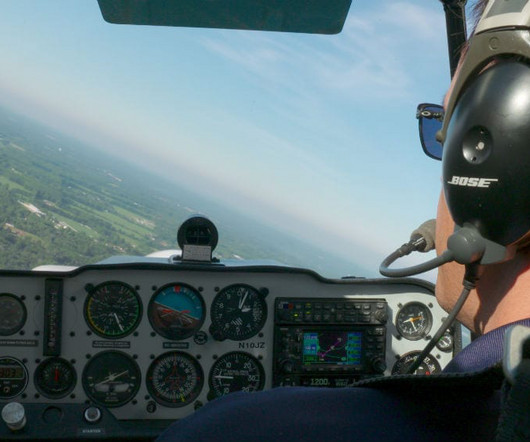How to Master Slow Flight (Step-By-Step)
Pilot Institute
MARCH 29, 2024
Higher altitudes are also less prone to turbulence and have fewer birds. Turbulent air will require a larger airspeed margin. Climbs and Descents During Slow Flight It’s counterintuitive, but pitching up will not result in a climb during slow flight. Wind gusts and turbulence can also throw you off your heading.










Let's personalize your content